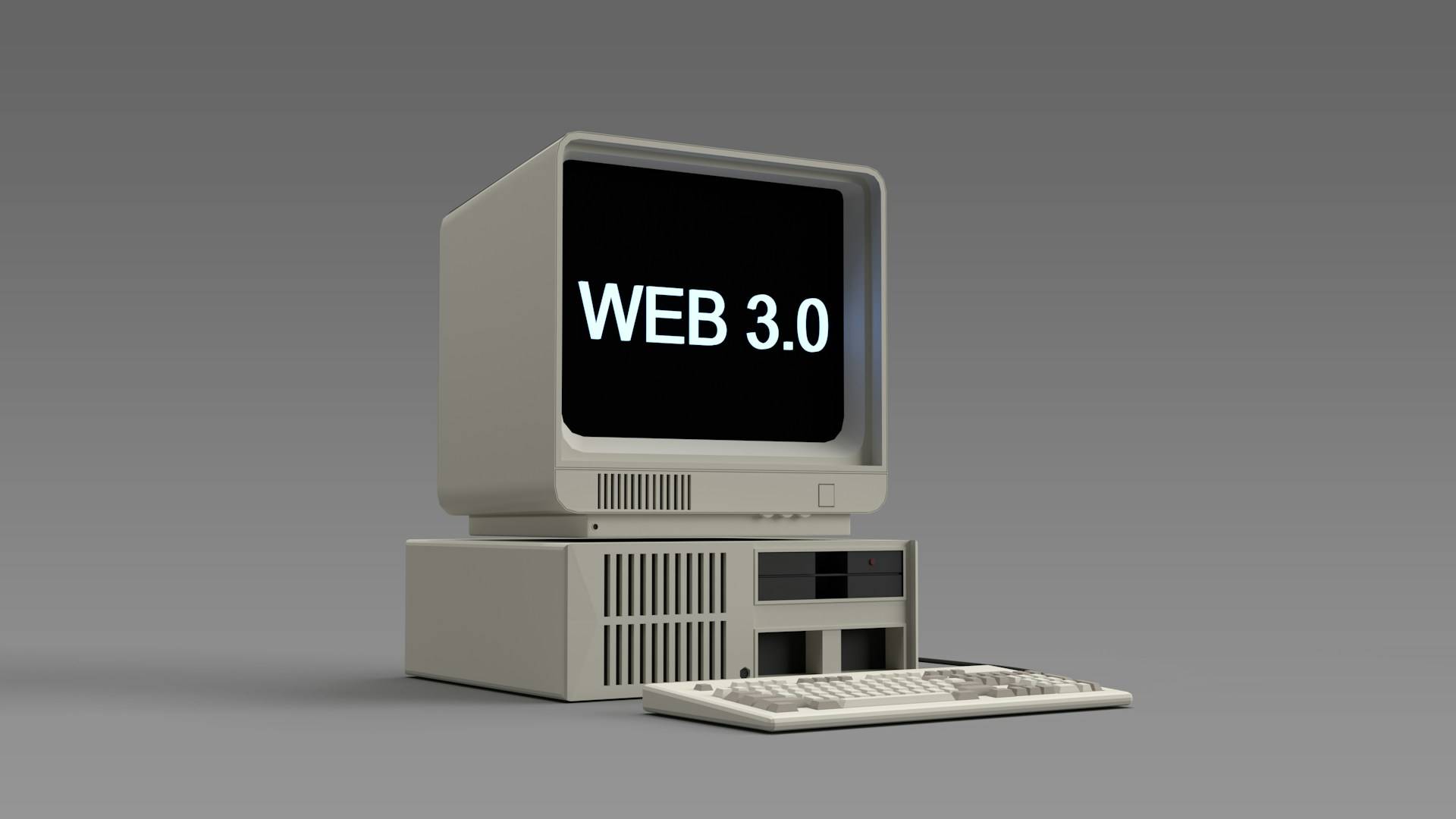Globally, Web3 has gathered more than $100 billion in investments. It's true that recent venture capital has massively decreased, with only $3.6 billion raised in the first half of 2023 compared to $16 billion in the same period of 2022, but it is still a technology in development.
Despite the billions of investment, 'the next generation of the internet' is still something most people know nothing about and would never know when they're using it.
Below, we'll explore where this next generation of the web is and how it compares to Web 2.0.
Defining Web3
There was Web 1.0, then Web 2.0 that we know and use, and now there's Web 3.0, or Web3.
Web3 is the idea of creating a decentralised internet. You will have heard about decentralised technology from blockchain and cryptocurrency, and that's pretty much where the idea came from.
The term originally came from computer scientist Gavin Wood to create a decentralised internet built on blockchain technology. The idea is to use distributed ledgers controlled by participants or a community.
Web3, if and when it arrives, should take ownership of data out of the hands of big tech companies and put it into the hands of the user. Privacy and security should massively increase, and trust might actually return to the internet.
Aspects of Web3 do already exist, even if the web as an entity doesn't.
Examples include:
- Brave web browser
- Decentraland virtual world
- OpenSea NFT marketplace
But these are all specific and not really examples of applications that everyday people are going to use. But most, if not all, of the blockchain services that are becoming more mainstream are built on the basis of Web3. That then feeds into some areas that everyday people do know. For example, Web3 with OVHcloud supports blockchain-related services vital to Web3 deployment, even though the cloud isn't blockchain-specific.
Web 2.0 Compared to Web 3.0
Web 2.0 is the opposite of Web3. It's the internet that all of us use. It's user-generated content and centralised platforms like social media, Google, etc.
We'd argue we need Web3 because people are becoming less than happy with Web 2.0. Fake news, deep fakes, restrictions, privacy issues, digital footprints leading to data brokers selling personal data: the list goes on.
With Web3, all of that wouldn't happen. Web3 would be a semantic web focused on user ownership of data, blockchain, AI, and immersive experiences.
What Will Happen to Web 2.0?
Web3 still isn't here, and we're 11 years post-concept from Gavin Wood in 2014.
But if Web3 does start to go live, it's unlikely that it will replace Web 2.0. And if it did, it would take an endless amount of time. If you think about blockchain now, the adoption isn't that widespread, even if it is growing, and a large number of everyday people don't know about it and don't trust it.
It's more likely that Web3 will evolve alongside Web 2.0, rather than replace it.
Web3 might be the next generation of the internet, but let's see how many generations of us it takes for it to go live. For now, it's a developing concept that could be the future of the internet.
